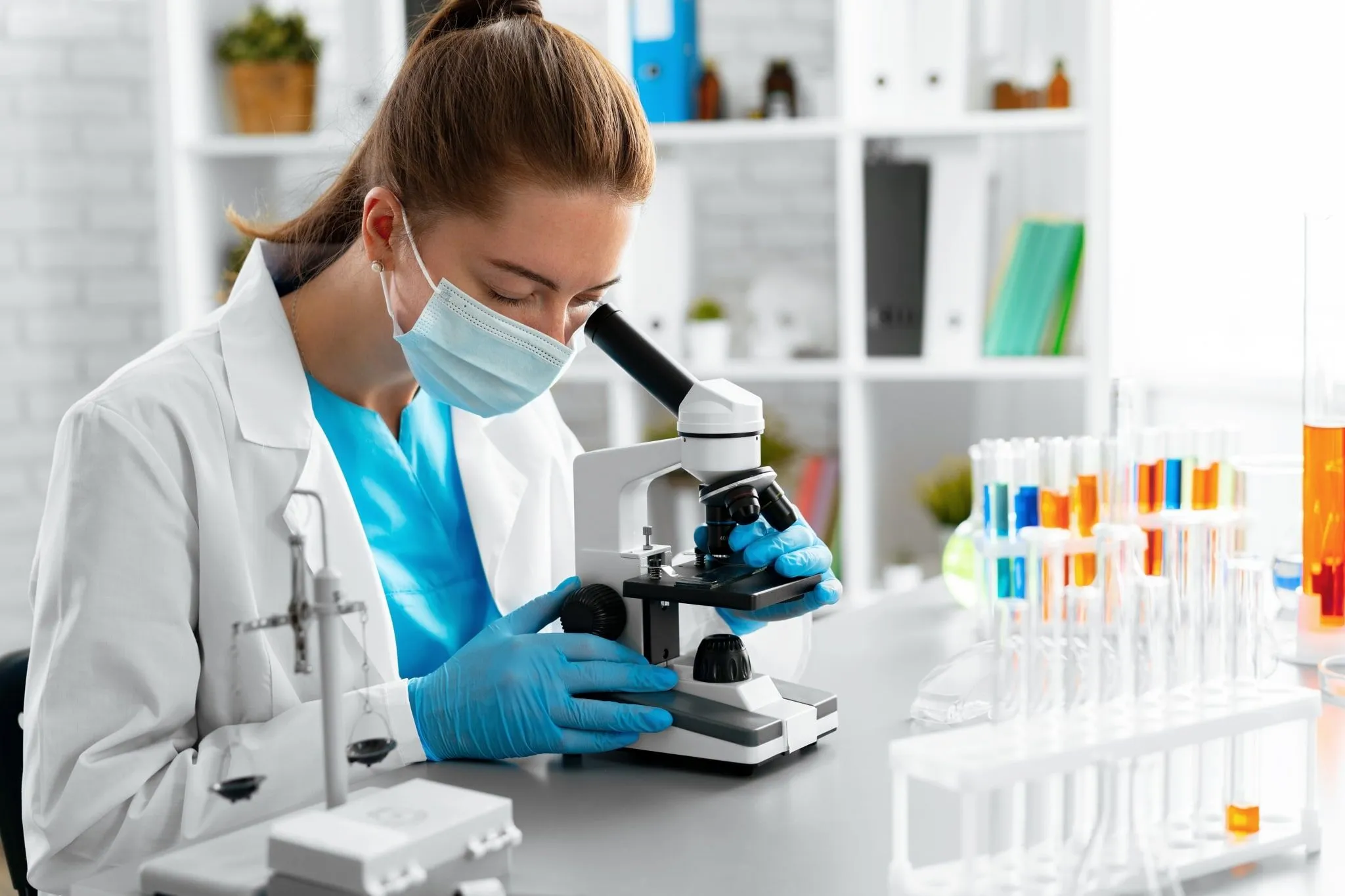The Three Key Elements of an Efficient Laboratory
Over the past five decades, science laboratories have experienced rapid advancements in both equipment and materials. Feedback from both established and emerging scientists has significantly influenced manufacturers in designing ideal laboratory layouts and selecting preferred equipment. With this context in mind, we have identified the three essential elements for creating a highly efficient laboratory.
Laboratory Space Design
A critical aspect of laboratory planning, particularly in the initial phases, is the development of a functional layout that incorporates the latest technology while remaining adaptable for future enhancements. Collaborating with architects, facilities engineers, laboratory managers, and end users is vital to create an optimal equipment configuration that addresses your specific requirements. Emphasizing safety, accessibility, and effective utilization is crucial to navigate any significant challenges.
Sustainable Laboratory Practices
A notable trend in laboratory design is the commitment to adhere to leading industry standards for sustainability and conservation. Investing in environmentally friendly technologies benefits not only the environment but also employees, clients, and the broader community. By incorporating equipment that enhances air and water quality, safety, energy efficiency, and cost-effectiveness, you can achieve a LEED-certified laboratory that remains appealing for years to come.
Modern Materials and Ergonomic Design
Assessing the needs of your users is essential to identify the appropriate product applications, utilizing the latest technology, regulations, and guidelines to transform your layout plan from concept to execution. Work surfaces made from innovative materials such as epoxy resin and phenolic resin, along with durable construction materials like stainless steel or plastic laminate, will ensure the longevity of your laboratory.
